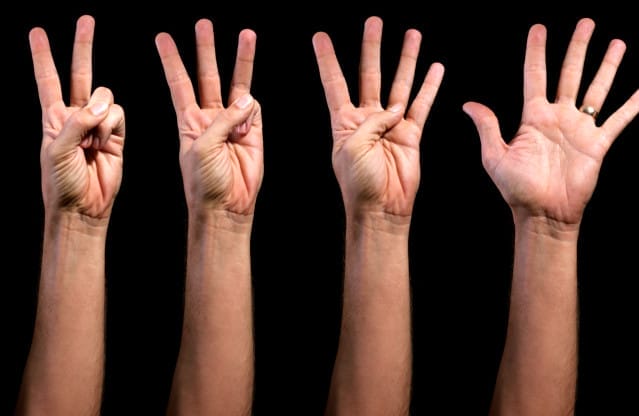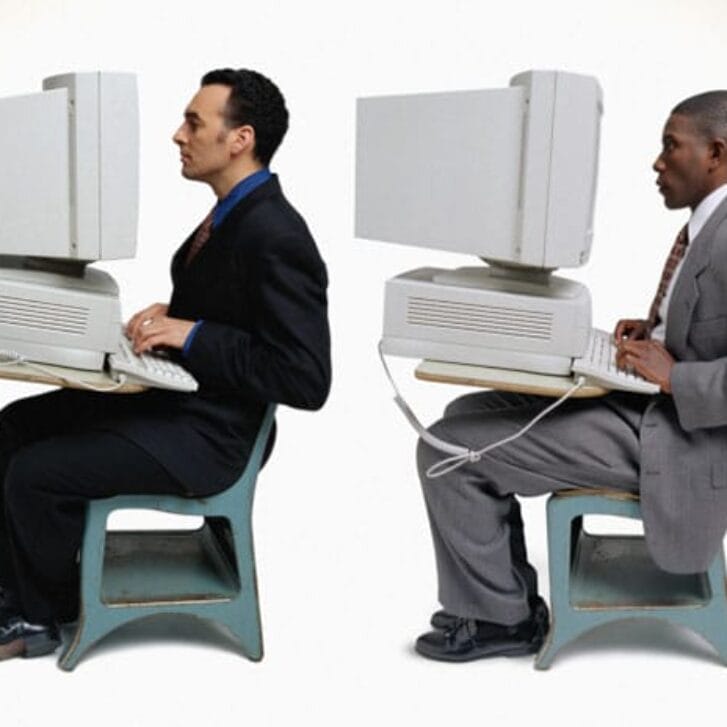Learning to manage a team in China as part of my work with the social enterprise d.light has been one of the most challenging things I have ever had to do. In addition to facing a lack of talent, d.light’s organization in China has grown to where chaos is much more difficult to control.
I grew up in Taiwan, and from a professional standpoint, I am blunt and direct with my opinions—in other words, I’m very American. I have a high standard, and I require a significant amount of detail to be convinced of a decision. This, combined with the cultural reality on the ground in China, is a lethal combination. My days slowly fill with passive-aggressive conflicts and bog down in discussions about strategic alignment and realignment. Despite my best efforts, progress is difficult.
What to do? How can I find better people or improve my employees?
A wise colleague responded to my challenge with a question, “Which of your five fingers is the best one?”
“They are all different,” I said. “That is the point.”
Each finger has a purpose, and one cannot be substituted for another.
“It’s the leader’s job to figure out when to use the index finger, when to use the thumb, and so on and so forth,” he said.
Instead of trying to make everyone perfect, the best thing to do might be to figure out what each person is good at. Utilize each of their strengths. Some people are great presenters—so let them present but double-check their content for complexity and accuracy. Others are great thinkers but cannot put their thoughts down on paper. Give them thinking tasks and coach them on writing skills.
This theory reminds me of books like Strengths Finder, which is applicable to managing people.
Even as leaders, it’s not possible to be good at everything. We should rely on resources around us to supplement what we’re not good at: lean on subordinates, external agencies, managers from other departments. Smart leaders get creative about how and where they get their resources. A good leader rarely has all the answers, but she is good at mobilizing resources to maximize results. Learning these skills requires spending time with people, developing broad experience, building a “database” of different types of people, and realizing when and where they work best.
For someone like me who is accustomed to dealing with “issues,” it requires a shift in mindset and focus that is still a work in progress.
Another idea prompted by the “five finger” question is that of hiring a team versus hiring the top talent. Having a hand with five middle fingers isn’t very helpful even though you’ve got five of the longest fingers. Hiring a team where each member complements one another yields better results.
Running a team is like playing chess. Each piece has its function, and the player must decide how to use each piece to win the game. For the most part, a game is not won by a few stellar moves. Instead, a game is won through carefully plotted moves and executed by a team of chess pieces. Having a true understanding of the strengths and weakness of the team and figuring out a way to organize the team in an effective manner are half the battle to any organization’s success.
Editor’s note: Arlin works for d.light, one of the 2013 Lipman Family Prize finalists. For more information about their work and the prize, visit the Lipman Prize homepage.
























